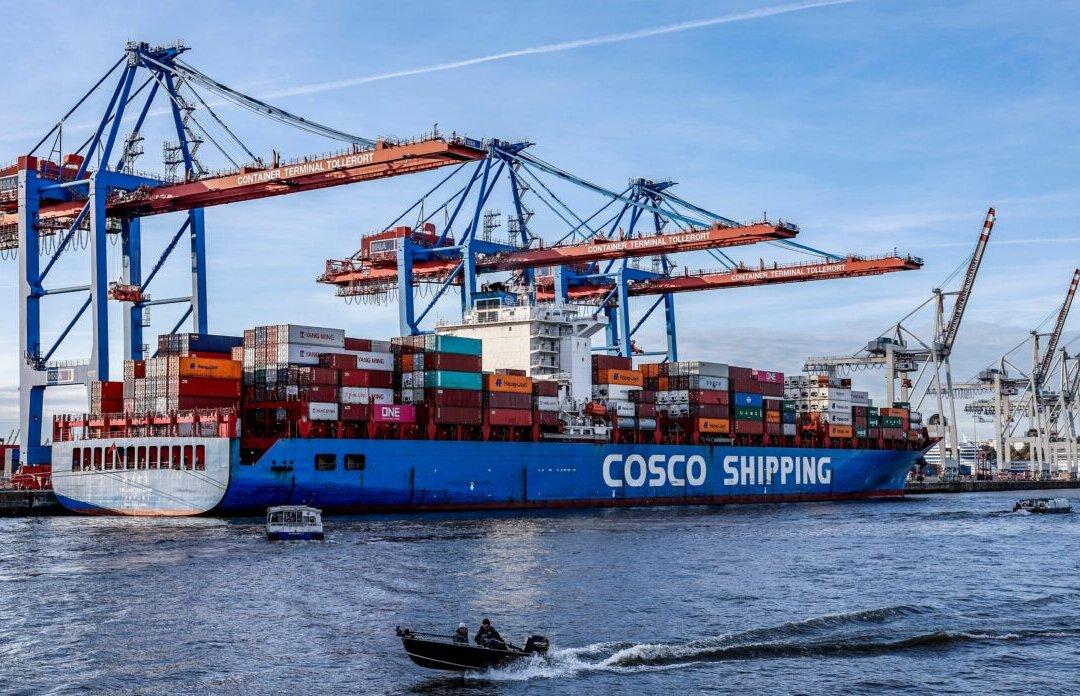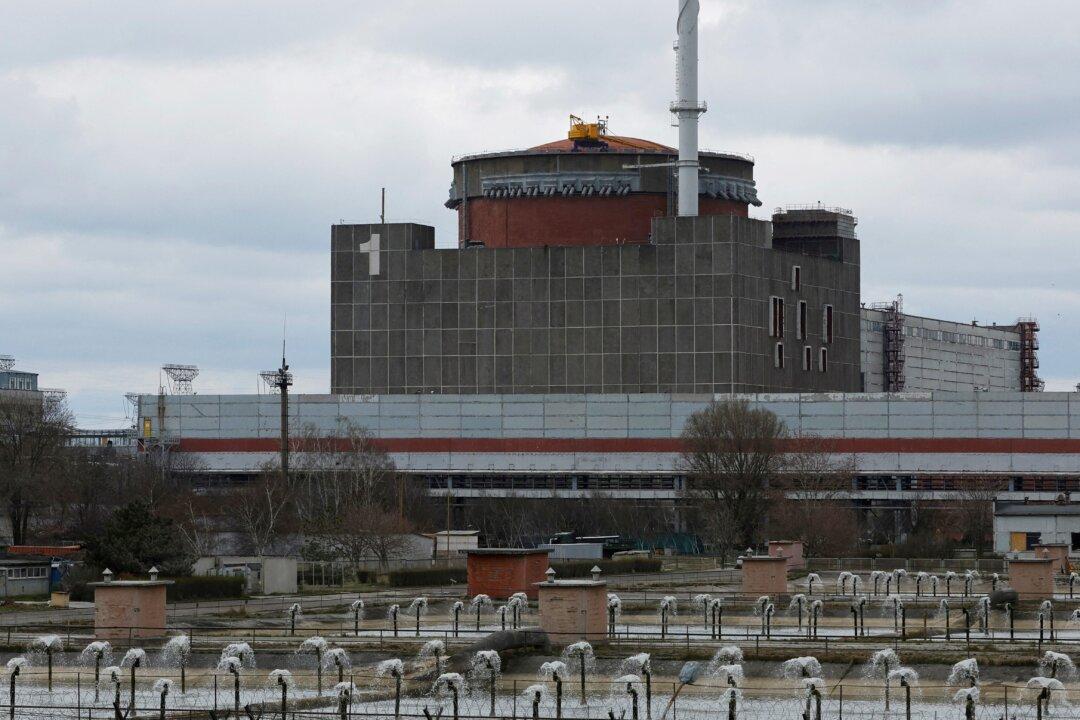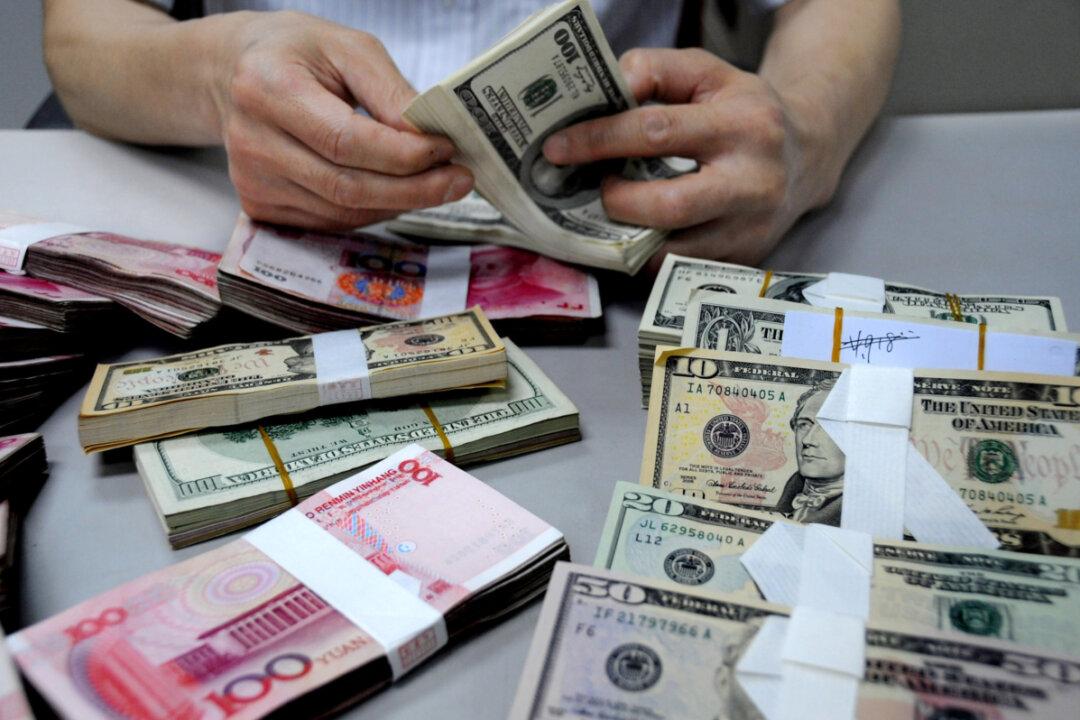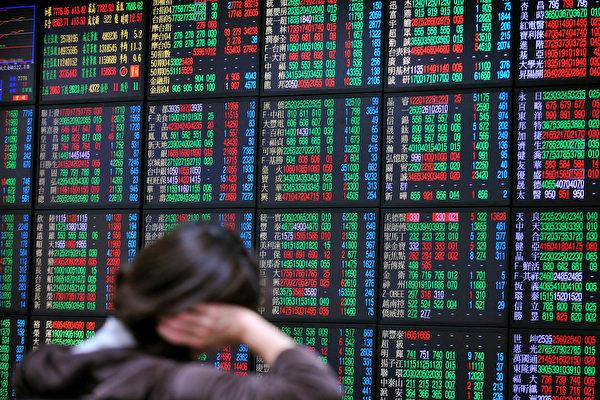The China Container Freight Index (CCFI) reportedly continued to fall in January after plummeting in the previous four months, indicating an overall decline in international freight rates at Chinese ports, a gloomy export trade, and a crisis in which Chinese foreign trade companies are facing business headwinds or even bankruptcy due to reduced orders.
On Feb. 13, the Container Port released the CCFI for January, reading a year-over-year plummet of 11.2 percent in the composite index, among which the index for European routes fell by 16.7 percent, and the Western U.S. and Eastern U.S. routes dropped by 7.8 percent and 9.8 percent, respectively.





